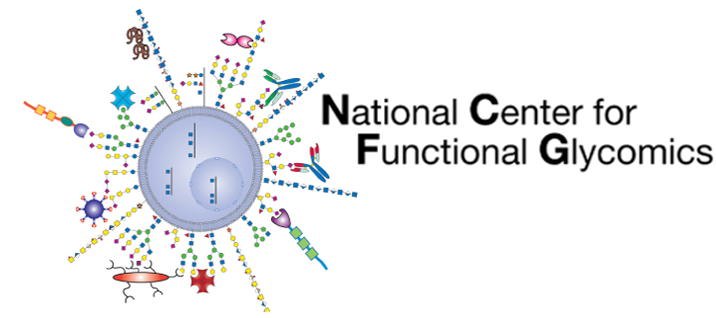How many ways can the SARS-CoV-2 virus, which is the cause of our current COVID-19 pandemic, interact with our cells and tissues? At the NCFG in the Department of Surgery at the Beth Israel Deaconess Medical Center and Harvard Medical School, we have recently discovered that the spike glycoprotein of SARS-CoV-2 has many attached carbohydrates (glycans) that can bind to a variety of carbohydrate-binding C-type lectin receptors (CLRs) that are on our macrophages, dendritic cells and other types of cells. Furthermore, the amino acids carrying many of the attached carbohydrates were also identified in the spike glycoprotein. Our work, led by post-doctoral fellow Chao Gao, PhD, was recently posted as a preprint on BioRxiv and is accessible through PubMed. We also reported that the CLRs are expressed in the cells of bronchoalveolar lavage fluid of COVID-19 patients, and in many tissues susceptible to SARS-CoV-2 infection, despite the low expression of ACE-2, currently thought to be the only receptor that interacts with the virus. These glycan binding interactions, which are of very high affinity and akin to those for ACE-2 binding, can lead to internalization of the glycoprotein, and possibly virus infection. These novel insights suggest new avenues for diagnostics and treatments, as well as alternative pathways for virus infectivity and persistence involving the innate immune system, as these pathways may be independent of those involving antibodies and the adaptive immune system.
Paper is uploaded to BioRXIV: https://www.biorxiv.org/content/10.1101/2020.07.29.227462v1
Authors: Chao Gao, Junwei Zeng, Nan Jia, Kathrin Stavenhagen, Yasuyuki Matsumoto, Hua Zhang, Jiang Li, Adam J. Hume, Elke Mühlberger, Irma van Die, Julian Kwan, Kelan Tantisira, Andrew Emili, and Richard D. Cummings
